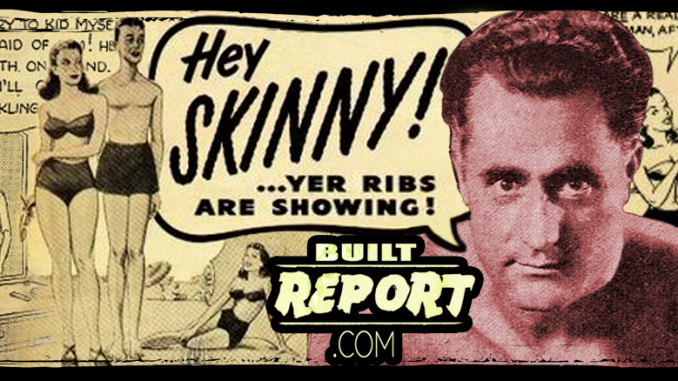
Jurassic Gorilla https://jurassicgorilla.com

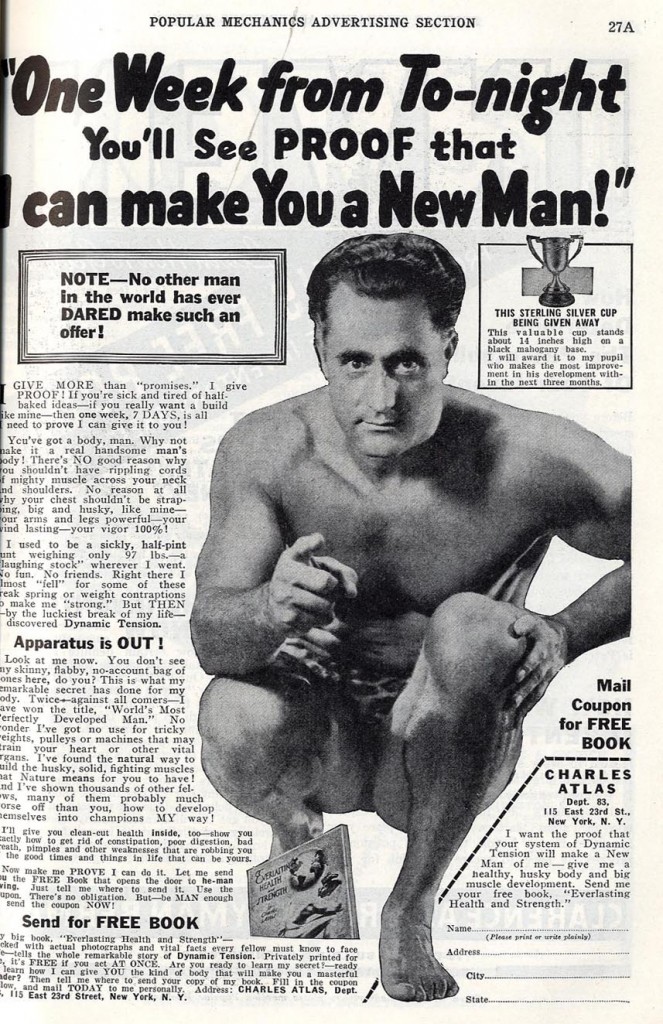
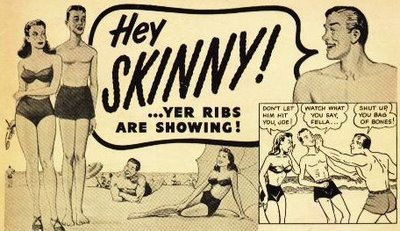
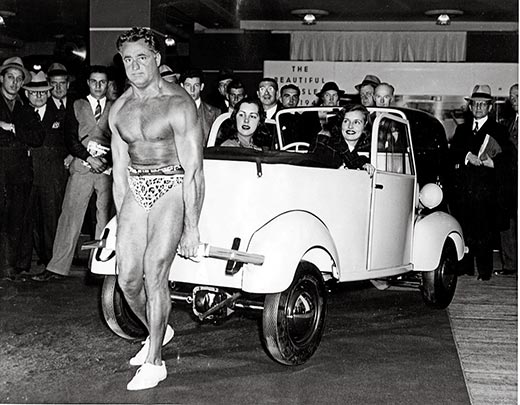
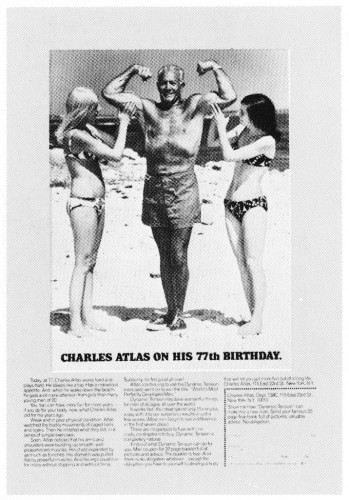
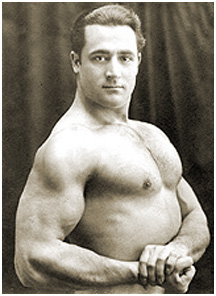
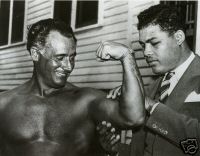
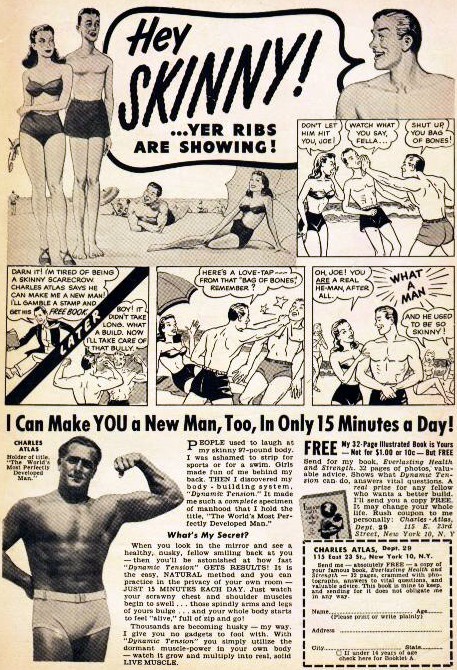
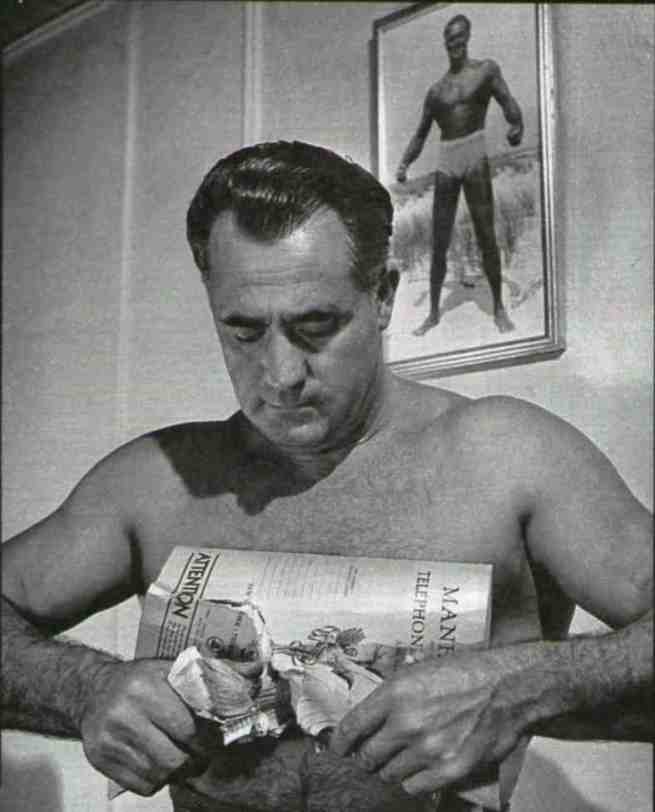
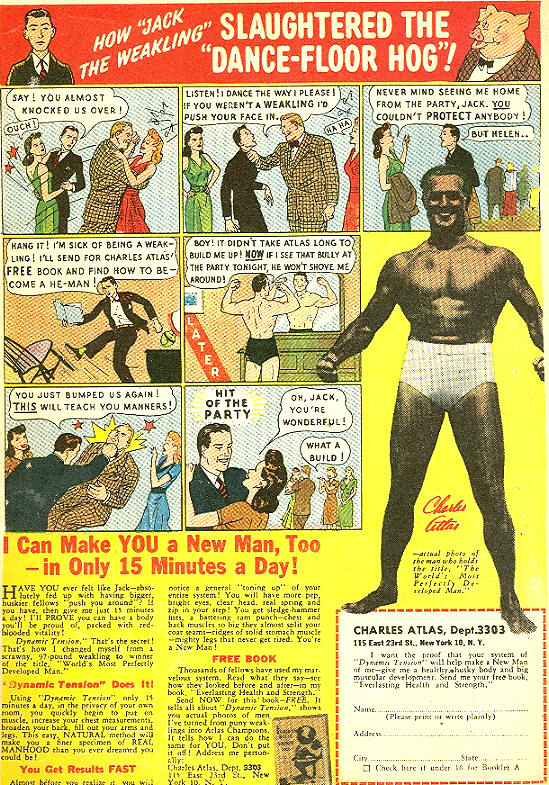
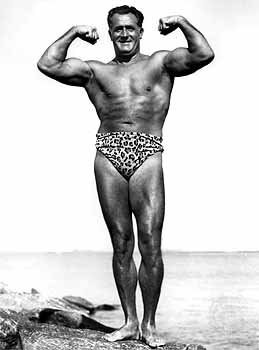
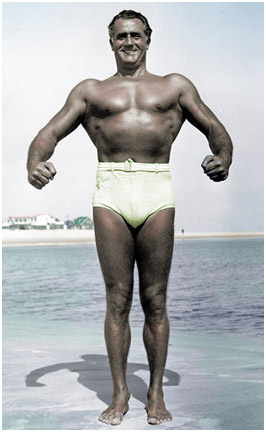
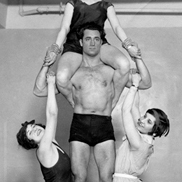
Born as Angelo Siciliano in Acri, Calabria, Italy, in the year 1892, this tale of transformation and triumph spans continents and cultures. At the tender age of 12, young Angelino, as he was affectionately known, embarked on a journey that would eventually make him a household name: he left his birthplace in Italy and embarked on a voyage across the Atlantic with his family, landing on the bustling shores of Brooklyn, New York. The Sicilian family, like many others, sought the promise of a brighter future on American soil.
In the vibrant, bustling neighborhoods of Brooklyn, Angelino found himself navigating a new world filled with opportunities and challenges. This industrious young man turned his attention to leatherwork, a trade he hoped would provide sustenance and financial stability for his family. Yet, it was within the boundaries of this very neighborhood, an epicenter of cultural diversity, that Angelino would encounter the first whispers of his transformative destiny.
Like so many before him, Angelino dabbled in various forms of exercise, exploring the nascent realm of physical culture that was taking root in the United States. From weights to pulley-style resistance equipment and gymnastic-style calisthenics, he ventured into the world of physical fitness with zeal. However, he soon found these pursuits lacking, particularly in their capacity to mold his physique according to his aspirations. It was this very dissatisfaction with the existing exercise methods of his day that would set him on an extraordinary path.
The burgeoning culture of physical fitness in the United States had its notable luminaries. Among them were Eugen Sandow, the German bodybuilding pioneer hailed as the “father of modern bodybuilding,” and Bernarr MacFadden, a prominent American advocate of “Physical Culture.” This emerging movement combined elements of bodybuilding with theories on nutrition and health, drawing influence from a transatlantic heritage, spanning Germany, England, and the United States.
As Angelino delved into this burgeoning subculture of fitness, he drew inspiration from these visionary figures. It was not Sandow’s feats of strength, nor MacFadden’s evangelism of physical culture that enticed Angelino alone. Instead, it was the quest to unlock his full potential, to sculpt his physique, and to understand the intimate connection between health and strength that fueled his pursuit.
Unfortunately, Angelino, who would later transform into Charles Atlas, found himself financially out of reach of the local YMCA, an institution that beckoned with the promise of refined facilities and structured exercise routines. Undeterred, he observed the exercises performed at the YMCA and committed them to memory, determined to replicate them in the confines of his humble home.
Further enriching his knowledge, Atlas frequented the strongman shows that captivated audiences at Coney Island. Yet, he didn’t stop at the awe-inspiring displays of power; he yearned to glean the wisdom of these muscle-bound titans. Inquisitive and driven by an insatiable desire to improve himself, Atlas sought out these strongmen, bombarding them with questions about their diets and exercise regimens once the show had concluded.
In his pursuit of knowledge, Angelino devoured the contents of “Physical Culture” magazine, a periodical that promised insight into health, strength, and physical development. It was within the pages of this publication that he uncovered the secrets of physical culture, and with this newfound knowledge, he would forge his own unique path to physical mastery.
In time, Angelino synthesized his learning, developed his own exercise system, and aptly named it ‘Dynamic Tension,’ a concept coined by Charles Roman. A fusion of resistance training and self-imposed exertion, Dynamic Tension represented a breakthrough, heralding a holistic approach to fitness that relied on the synergy between mental and physical prowess.
In 1922, at the age of 30, Siciliano took a significant step in his life’s transformation. He officially changed his name to Charles Atlas, a moniker that resonated with the American dream he had embraced. The transformation was not merely symbolic; it marked the birth of a legend.
It was during this pivotal time that Atlas’s path would intersect with Dr. Frederick Tilney, a British homeopathic physician and a prolific writer of courses for the publisher Bernarr MacFadden. MacFadden, a luminary in the world of physical culture, sought to harness the transformative potential of Atlas, casting him as a model in a short film titled “The Road to Health.” Atlas, harnessing his extensive knowledge of physical fitness, authored a fitness course that promised to revolutionize the way people approached their well-being.
Seeing the remarkable potential in Atlas’s system, he enlisted the expertise of Dr. Tilney, a man with a rich background in weight training and a deep appreciation for the intricacies of the human body. The dynamic collaboration between Atlas and Dr. Tilney marked the beginning of an extraordinary journey that would empower countless individuals to unlock their full potential.
Their mission was to elevate fitness and physical culture to new heights, casting off the constraints of antiquated exercise methods and embracing a holistic approach that transformed the lives of individuals worldwide. Charles Atlas and Dr. Frederick Tilney embarked on a shared quest, catalyzing a legacy that endures to this day.
Through these intertwining stories of determination, transformation, and collaboration, Charles Atlas’s legacy was born, leaving an indelible mark on the world of physical fitness and inspiring generations to sculpt their destinies through the power of Dynamic Tension.
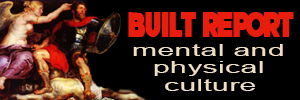
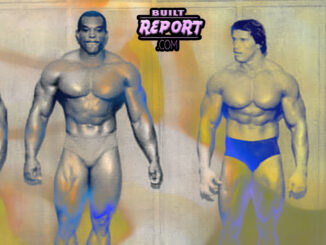
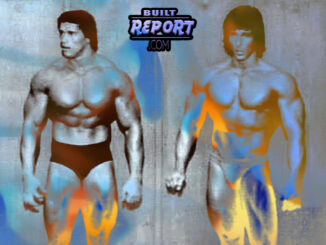
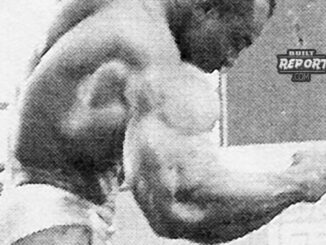
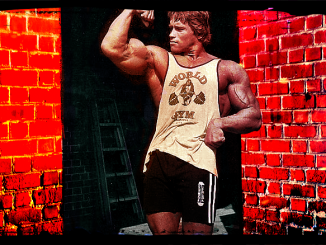
Be the first to comment